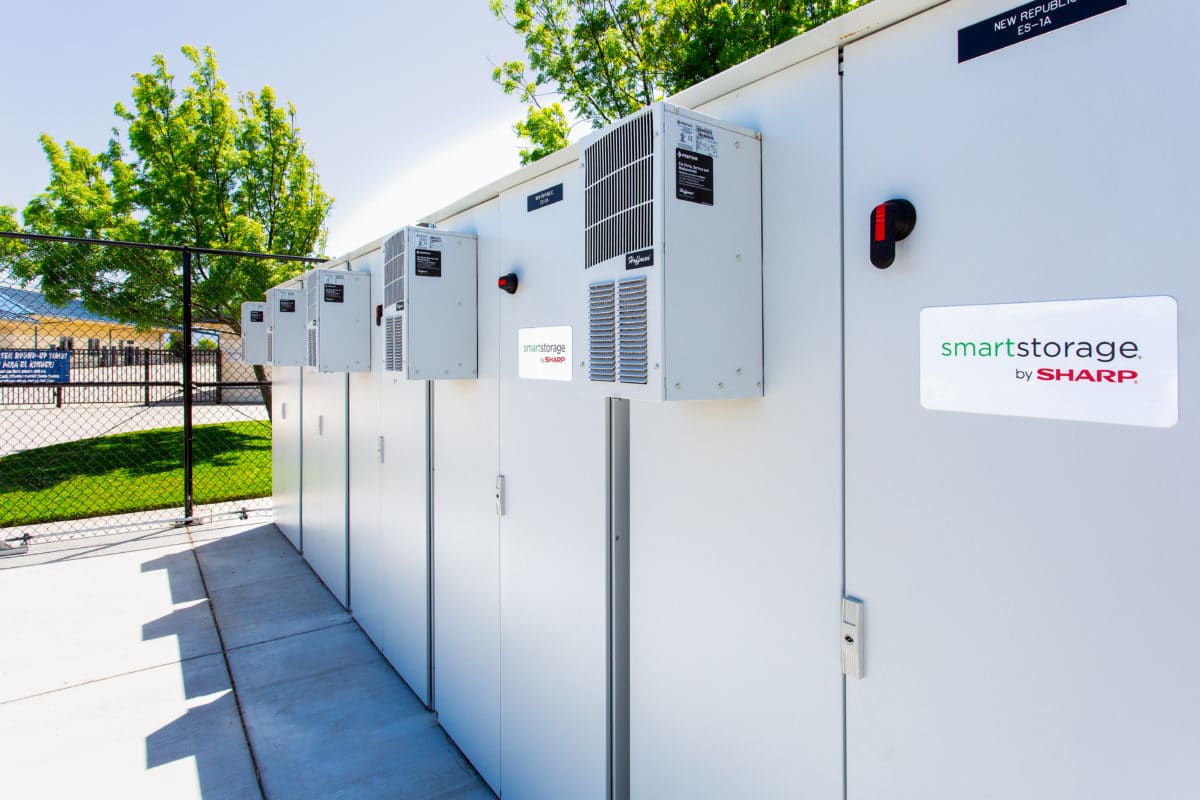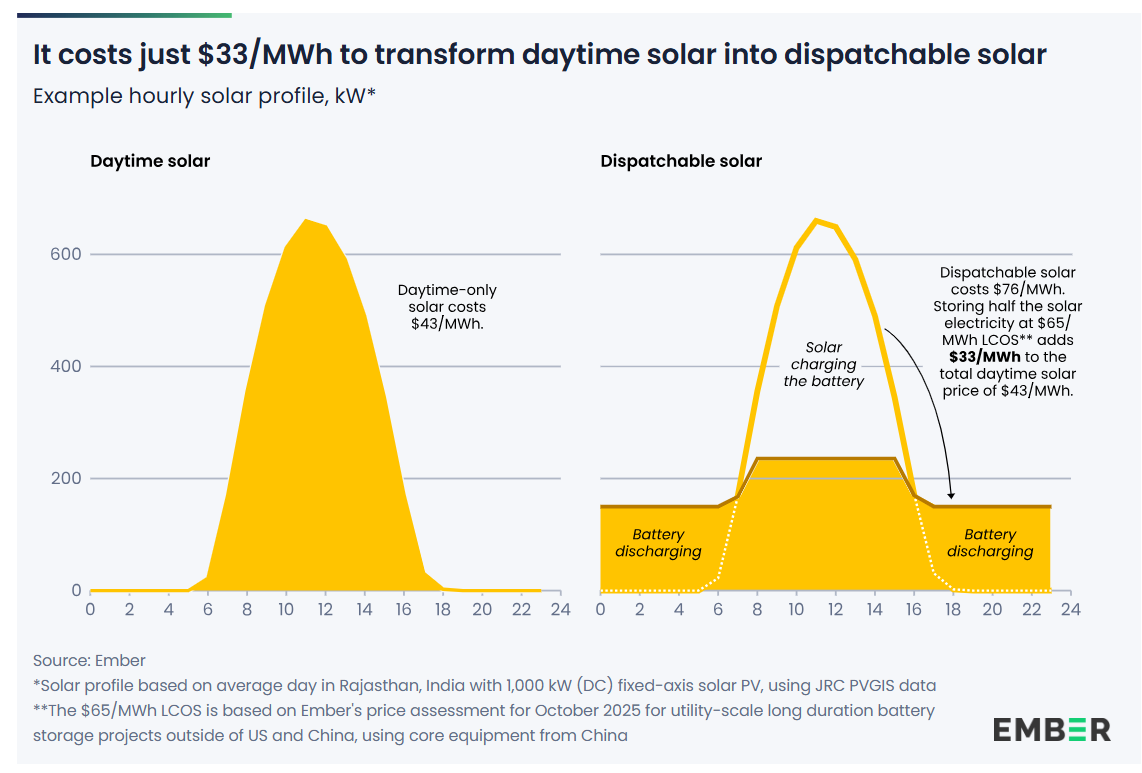Yesterday U.S. Representative Mike Doyle (D-Pennsylvania) introduced a bill that would extend the federal Investment Tax Credit (ITC) to energy storage installations, anywhere from the home to grid level.
HR 2096 is a pretty straightforward bill, and in all of four pages it doesn’t make a lot of changes except to tack energy storage onto the existing ITC. This means that energy storage installations would be subject to the current drop-down schedule of the ITC, with the 30% rate expiring at the end of 2019 and the credit falling in steps to 10% in 2022 for businesses and expiring altogether for individuals.
Solar-paired energy storage systems are already eligible for the ITC; however this only applies if these systems are charged by PV systems, meaning that any system which also draws power from the grid might end up not being eligible for the credit at the end of the year. HR 2096 would remove any such provisions, and enable the ITC for energy storage whether these systems are charged by the grid, renewable energy, or both.
The bill has been welcomed by SEIA, with President and CEO Abigail Hopper calling it “critical”. “It’s clear that combining clean, reliable solar energy with effective storage is the next frontier in securing a resilient and reliable electrical grid,” reads a statement by Hopper. “A storage ITC benefits not only solar, but also energy from a wide range of sources, helping to meet the nation’s current and new electricity demands.”
Bipartisan clean energy?
With the Senate and presidency controlled by the Republican Party, progressive climate and energy legislation has largely fallen on deaf ears, and ambitious programs like the Green New Deal are going nowhere any time soon.
However, energy storage is one of those rare technologies that both parties are generally supportive of, as was demonstrated in recent Federal Energy Regulatory Commission (FERC) decisions to open markets to the participation of energy storage.
However, so far it is Democrats who are championing this bill. HR 2096 currently has two co-sponsors, Rep. Earl Blumenauer (D-Oregon) and Rep. Linda Sanchez (D-California). Both Blumenauer and Sanchez serve on the House Ways and Means Committee, which controls tax policy.
This content is protected by copyright and may not be reused. If you want to cooperate with us and would like to reuse some of our content, please contact: editors@pv-magazine.com.









The article states: “The bill has been welcomed by SEIA, with President and CEO Abigail Hopper calling it “critical”. “It’s clear that combining clean, reliable solar energy with effective storage is the next frontier in securing a resilient and reliable electrical grid,” reads a statement by Hopper. “A storage ITC benefits not only solar, but also energy from a wide range of sources, helping to meet the nation’s current and new electricity demands.”
It was Elon Musk’s original intention to make his power wall storage a stand alone product. You could install “just” the power wall and charge the battery up at off peak prices from the grid and use this low cost power during peak demand times of the day by using the battery storage system built in inverter to supply extra power to one’s home that was less costly. The ability to use solar PV and store it for later use was an additional benefit to installing a power wall.
Now the industry is flowing towards the combined system that would have solar PV, battery storage and hybrid inverters that could interact with the electric grid to help smooth and regulate the grid during sags and surges in power demand.